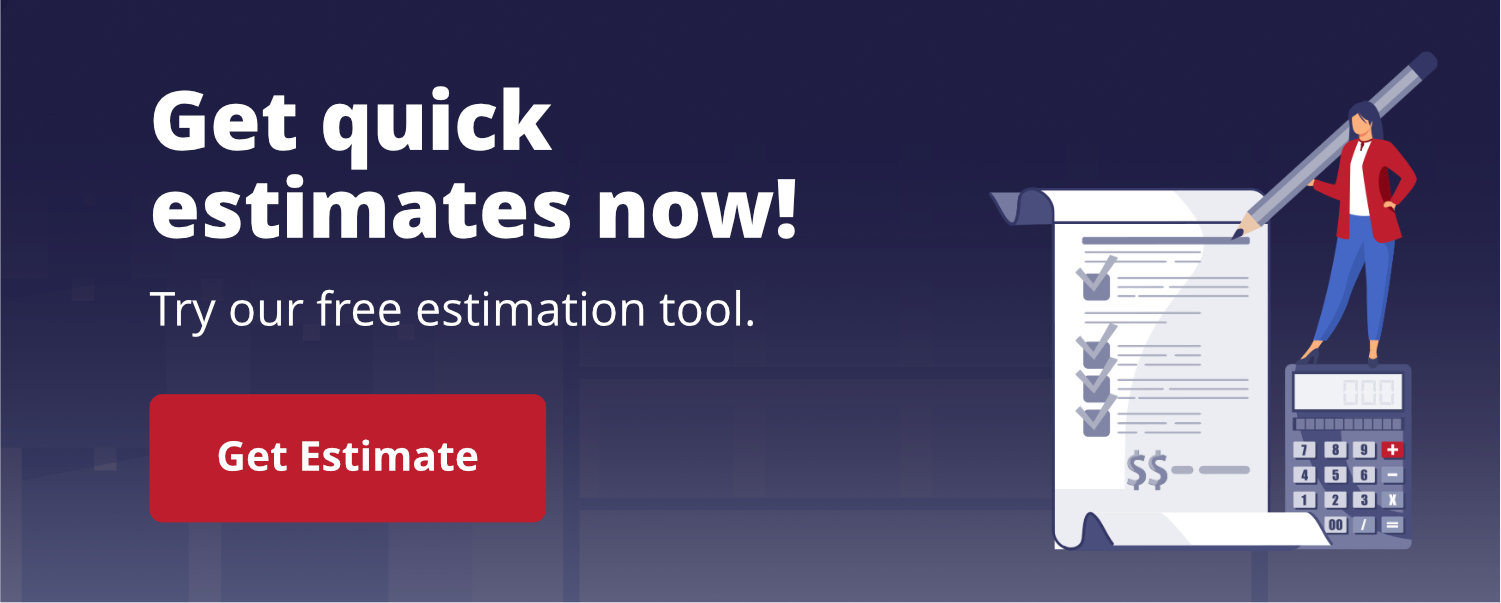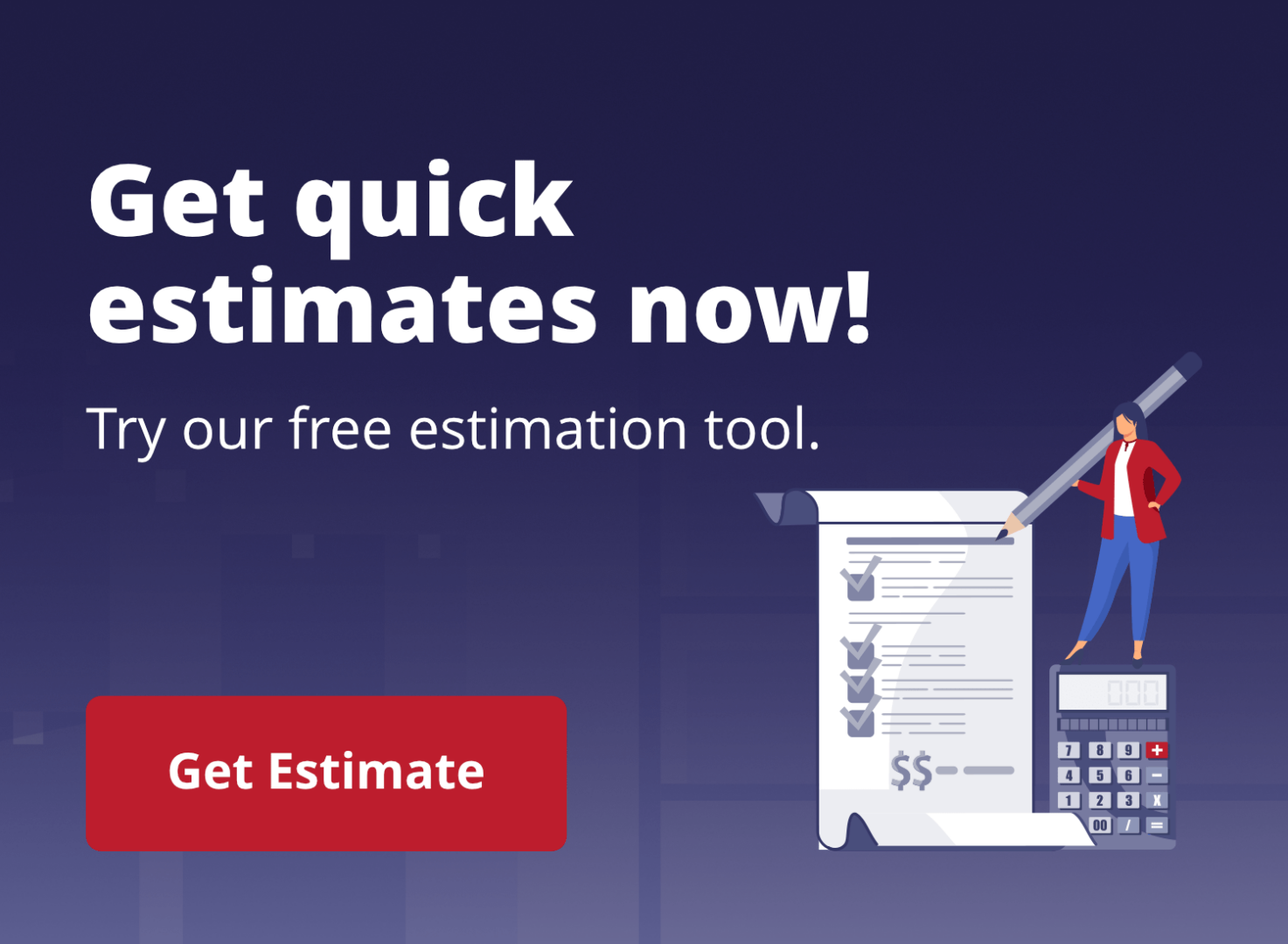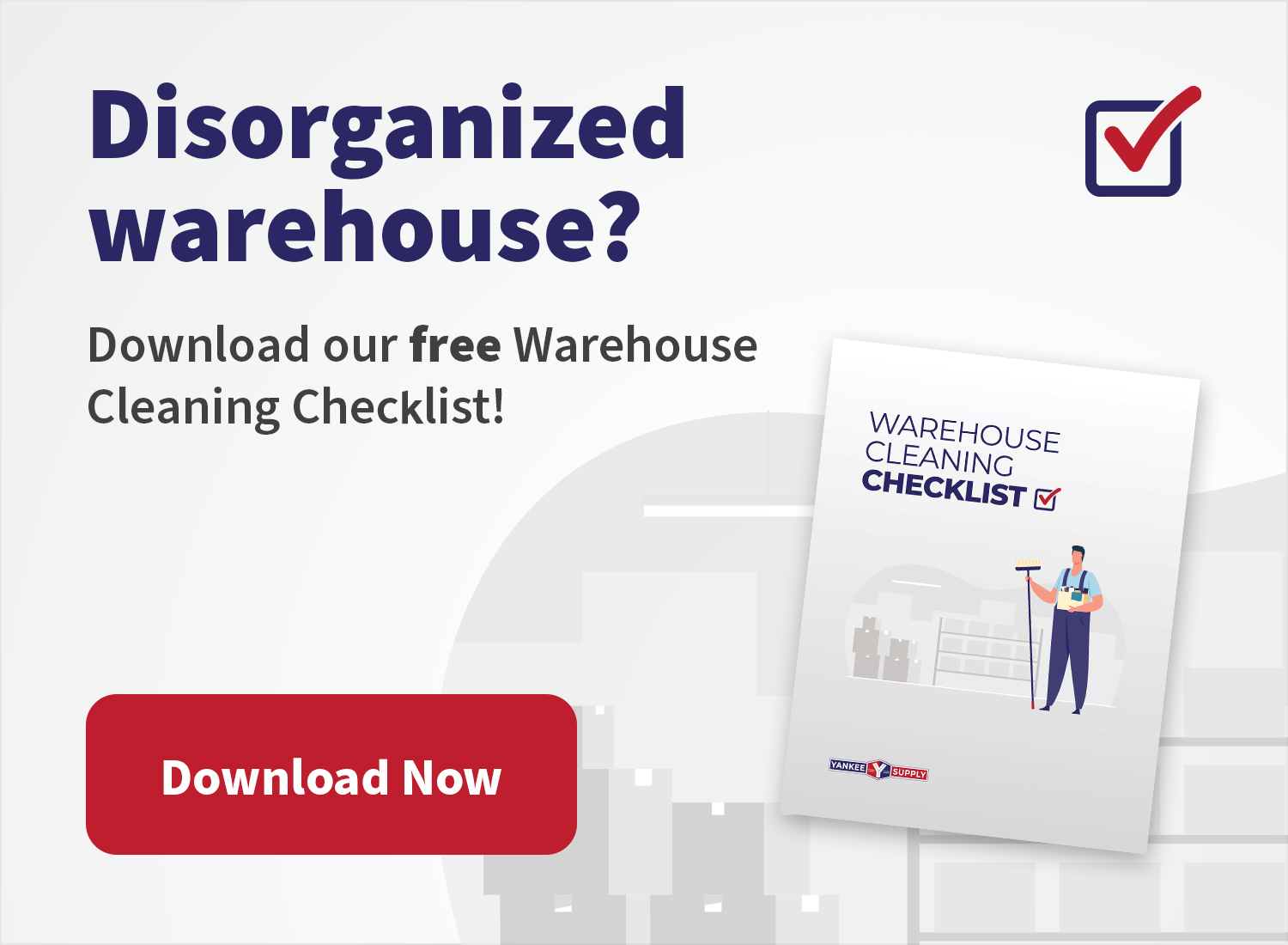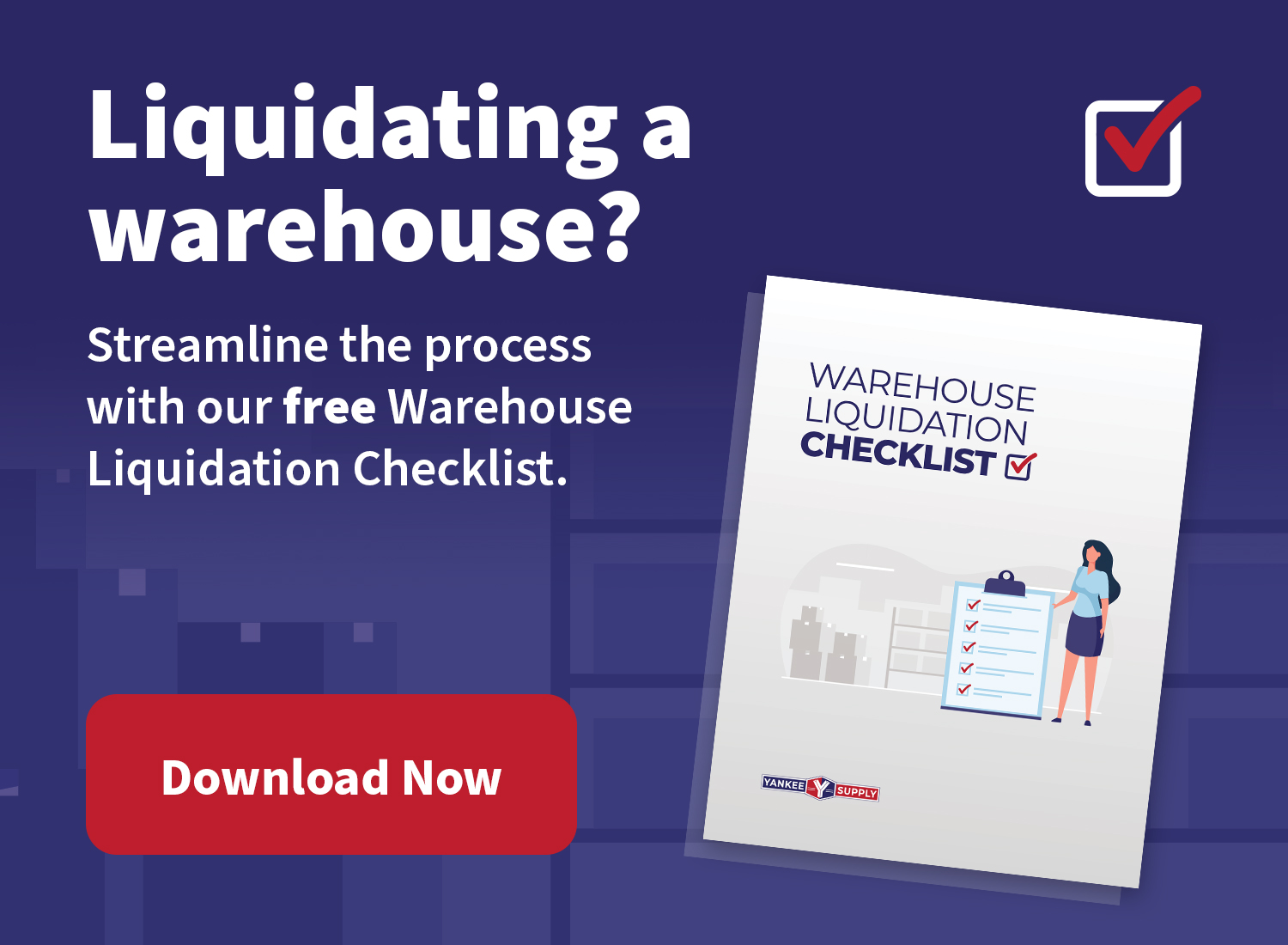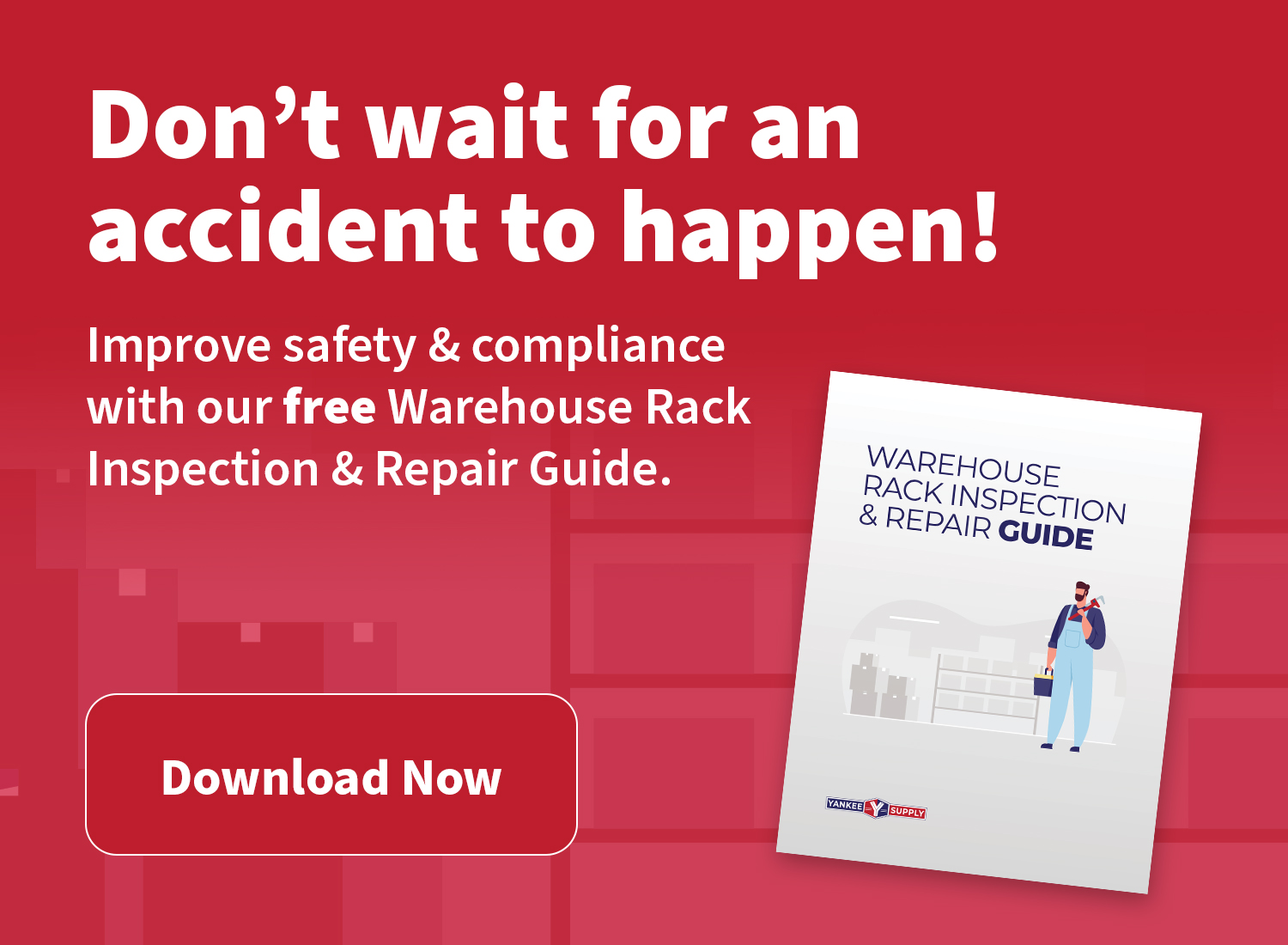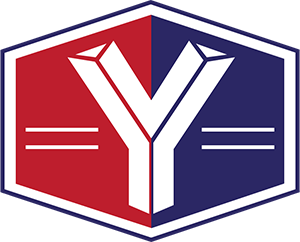If you’re reading this guide, there’s a good chance that you need to liquidate warehouse equipment. Maybe the warehouse is going out of business, perhaps you want to sell the building, or perhaps things have just come to a head, and it’s time for a change. No matter what your reasons might be (and there is a host of them), warehouse equipment liquidation is a hassle at best and a nightmare at worst.
Every warehouse needs equipment to function optimally – without forklifts, pallet jacks, and other warehouse transportation tools, the warehouse would be in chaos. And every warehouse owner knows that warehouse equipment can be expensive (the warehouse owner will often share the same kit with other warehouse owners, which drives costs up). This means that warehouse liquidation can be a costly undertaking.
Luckily, you’re not alone – and this warehouse equipment guide provides a complete outline of everything you need to know about warehouse equipment liquidation. Without further ado…
Before You Start Warehouse Liquidation
Before you even start warehouse liquidation, make sure you have your warehouse equipment appraised. While warehouse equipment can be expensive, it also wears out (especially when warehouse owners overuse it). This means that you could find yourself getting less money than expected for your warehouse equipment – or, worse yet, being sued because you sold warehouse equipment that you didn’t own.
With this in mind, it pays to get your warehouse equipment appraised beforehand (if you don’t know how much warehouse equipment is worth or which warehouse equipment to sell first, read our warehouse liquidation guide). This will give you a good idea of what warehouse equipment is worth, how warehouse equipment wears over time, and which is worth selling to make a profit.
Written below are some categories you may classify the equipment you may be able to sell into:
Horizontal or Vertical Carousel Liquidation
If warehouse equipment has a horizontal carousel design, warehouse liquidation is slightly more accessible and generally more profitable than warehouse equipment with vertical designs. This is because the warehouse assets with horizontal designs store equipment vertically (that means they don’t take up as much floor space), while warehouse assets with vertical carousels store equipment horizontally.
While warehouse equipment with vertical carousels is more expensive, warehouse liquidation becomes a challenge when warehouse assets include horizontal warehouse equipment.
Warehouses with equipment containing hundreds of horizontal warehouse equipment need each piece to be moved and sold individually. As a result, it becomes a logistical nightmare, which means warehouse liquidation will take a lot of time.
Vertical warehouse equipment warehouse liquidation can move out in large quantities, which means it’s easy to warehouse liquidate – the warehouse liquidator simply needs to load up warehouse assets and drive them onto the truck. The warehouse assets with horizontal carousels need to be carefully moved and liquidated accordingly, which means the warehouse liquidator needs to rent cranes and heavy machinery to move the warehouse equipment from its current location. This is not only time-consuming but also costly.
Forklift Liquidation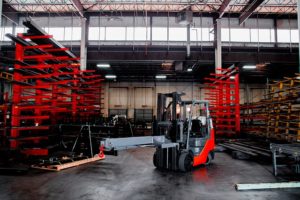
Forklifts are typically 100% of the warehouse assets liquidation value, making them a warehouse asset with little or no marketability. The cost of removing and disposing of forklifts is higher than their market value, making it difficult for warehouse equipment liquidators to find buyers. It can honestly get confusing. The warehouse liquidator may not know which warehouse assets contain forklifts and how much they’re worth (in addition to the warehouse equipment they’re attached to), which is why it is essential to take inventory of which equipment you can liquidate.
Liquidation Through Conveyors
Conveyor warehouse liquidation is a bit more challenging than warehouse equipment liquidation for other warehouse assets. Conveyors can be hard to move, and often warehouse liquidators have to pay warehouse equipment removal costs before the warehouse asset warehouse liquidation value. Therefore, it’s essential to keep in mind that warehouse assets such as conveyors, forklifts, generators, etc., need up-to-date information on inventory lists for easy warehouse equipment liquidation.
Your conveyor’s age and condition also determine the warehouse equipment liquidation value. A conveyor that is not dependable or a warehouse asset in poor condition will not interest warehouse equipment liquidators.
Two of the more valuable type of conveyors are Gravity conveyors and Power conveyors. In addition, you may liquidate other conveyor types: Roller conveyors, belt conveyors, Skatewheel conveyors, Merge conveyors, Curve and bend conveyors, and Chute conveyors.
Warehouse Racks Liquidation
Warehouse racks are warehouse assets that you’re probably purchasing second-hand, and so they contain their marketability concerns. Therefore, the warehouse liquidator needs to consider the current warehouse equipment racks used, assess warehouse storage rack condition, and consider whether or not the warehouse racking is in good enough shape to be still helpful.
Pallet racks, Carton flow racks, and Pushback racks are among the few types of warehouse racks usually sold.
Shelving Liquidation
Shelving units are warehouse assets that typically have a high market value. They’re also one of the most accessible warehouse assets to liquidate. It is said that selling away a warehouse shelf is like burning money. Warehouse equipment liquidators can sell them in bulk on Amazon, eBay, Craigslist, or at local auctions – even if you’re getting rid of warehouse equipment from a warehouse that has closed.
Industrial shelves such as Backroom shelves, Steel shelves, bulk rack shelves, and Rivet shelves are a few types of warehouse shelving that you can liquidate. These shelves are trendy, and they sell quickly.
Liquidating Mezzanine Floors
When your warehouse equipment liquidates mezzanine floors, you will need to know how much square footage your warehouse is and the total cost of warehouse equipment. Suppose you can also tell warehouse liquidation companies how much your warehouse is dedicated to warehouse shelves or inventory storage. In that case, they’ll be able to provide more accurate warehouse equipment liquidation quotes. This will also allow buyers to see how much square footage they will add to their warehouse once they bought it.
Free-standing mezzanines, Shelving- supported mezzanines, and Rack- supported mezzanines are a few types of mezzanines that sell well.
How to Start Warehouse Equipment Liquidation
For warehouse equipment liquidation, warehouse owners need to have a clear picture of warehouse assets they are getting rid of. If warehouse liquidators can’t accurately estimate the value of warehouse assets you want to liquidate, they cannot provide you with an accurate warehouse asset value for your tax purposes.
As with other warehouse assets, warehouse equipment liquidators generally want to buy warehouse assets with the best transportation access and highest resale value..
Create a Timeline for Your Warehouse Equipment Liquidation
The warehouse equipment liquidation process often takes much longer than warehouse owners anticipate. Whether you’re selling warehouse equipment to a warehouse equipment liquidator or reselling it yourself, many steps to the warehouse equipment liquidation process having a schedule will be a huge help. This will prevent you from wasting your time and your money.
Your schedule should include the dates for dismantling the equipment, from moving them out to when you want to post them for sale and other necessary things until you are done.
Pick a Warehouse Equipment Liquidator
Once warehouse owners have an accurate warehouse assets value, they can find warehouse equipment liquidators. Choosing the right warehouse equipment liquidator is critical to the success of warehouse asset recovery. They can catalog each of the pieces of equipment you want to liquidate, inspect their working and monetary value for you, and even take photos of them so you can readily put them up on a website for sale. Having an expert at your side also means that you don’t have to worry about guessing the value of your equipment, the warehouse equipment liquidator will do it for you and give you an accurate appraisal.
Marketing Each Piece of Your Warehouse Equipment
Whether you’re using a warehouse asset liquidation service or are selling your warehouse equipment yourself, there are essential warehouse equipment removal and warehouse asset liquidation tips warehouse owners need to keep in mind as they prepare warehouse assets for sale.
Marketing options can range from a warehouse equipment liquidator’s website to their social media presence- there are so many options.
Nowadays, the best way to sell your equipment quickly is through the internet. You can let buyers bid for your equipment or sell them at a fixed price. Just remember that you also need to consider shipping fees when you sell online.
Recycle or Properly Dispose of Equipment That Can’t Be Sold
After warehouse equipment liquidators have sold your warehouse equipment and you’ve collected any profits, warehouse owners need to dispose of warehouse assets that can’t be adequately marketed. This is where warehouse equipment removal and warehouse asset liquidation tips come in. But, again, it’s important not to pollute the environment or give other entities a headache by putting them in a warehouse and not taking care of them.
A warehouse asset recovery specialist can help you recycle warehouse equipment that can’t be sold, so it’s not wasted. Recycling warehouse assets yourself may still result in legal issues.
After You Start Warehouse Liquidation
By following the warehouse equipment liquidation tips above, warehouse owners can get the most out of their warehouse assets by ensuring they are properly transported, sold, and disposed of. A warehouse is a significant investment, so it’s best to ensure that the warehouse equipment liquidation process goes as smoothly as possible.



